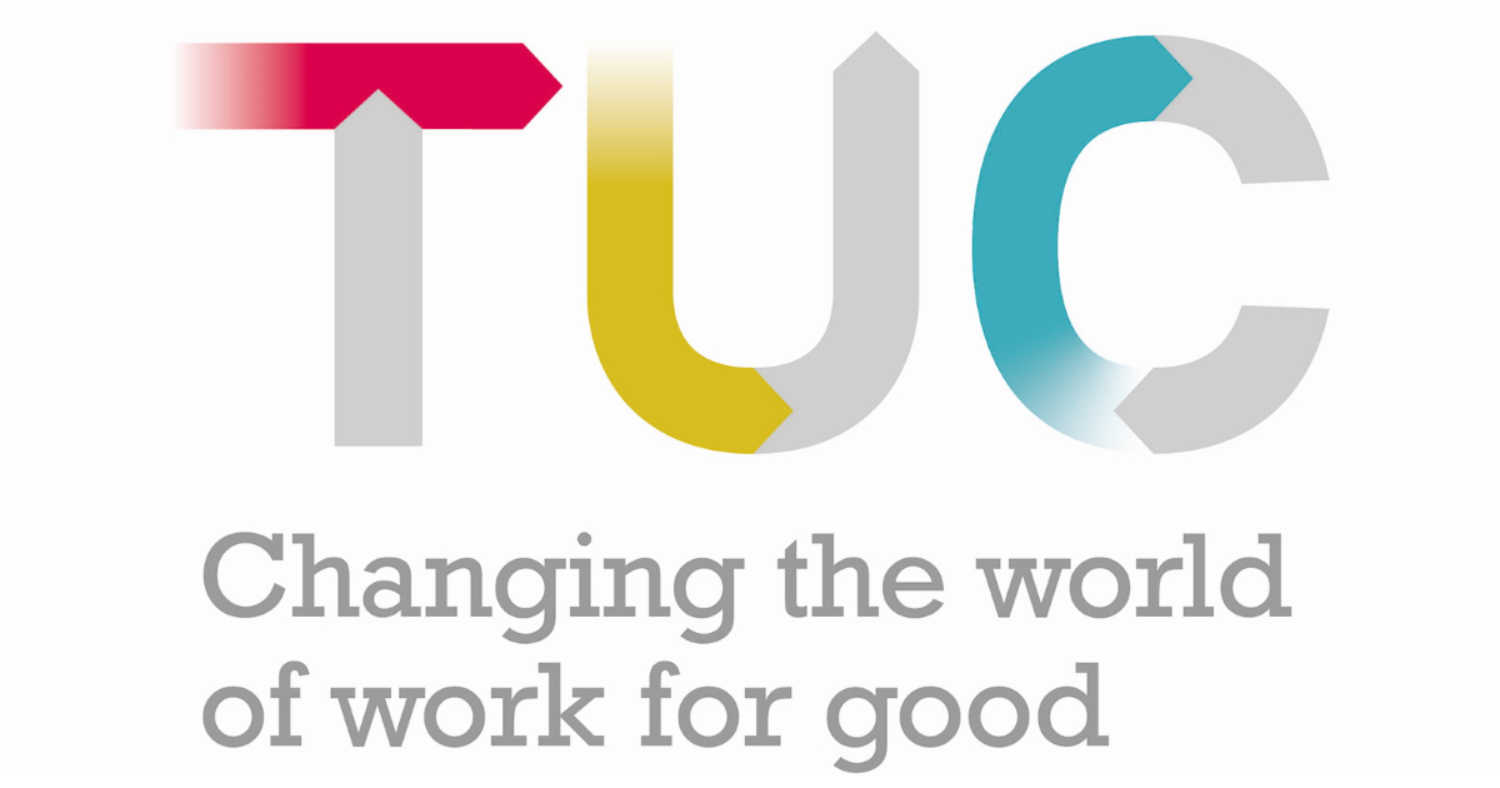- CORPGRO Newspoint
- Posts
- Big Tent Tensions on Top Pay
Big Tent Tensions on Top Pay

What’s the Story?
After the CEO of the London Stock Exchange, Julia Hoggett, called for a debate on top pay, three follow-on reports are seen this week.
First, Helen Thomas of the FT says Julia "deserves plaudits for taking on a high-profile contentions topic with no easy answers" but also explains that "this is just a circus" while making five points:
Top pay data is not readily available.
There is no "one size fits all" solution
The pay process is too long and complex
Asset manager governance "fanatics" clash with money managers
Higher pay must link to extra performance.
Second, the FT also reports more pay calls from "City Grandees" to avoid a talent exodus, which is said to be partly responsible for "the flood of companies choosing to list in New York over London".
The pay figure comparison is stark. Median S&P 500 pay is $14.5m, well over three times more than the £3.4m FTSE100 median. Further, AJ Bell the investment firm report that FTSE100 CEOs are now leaving three times faster than the 20-year average.
Nuanced voices in favour of higher pay include:
Peter Harrison, CEO Schroders
Chris Smith, Manager Jupiter Growth Fund
John Ions, CEO Liontrust
Sir Douglas Flint, Chairman of Abrdn
City grandees call for higher pay to lure and retain executives - via @FT
— 0 (@N013Q)
2:12 PM • May 7, 2023
Third, the FT reports today on whether it pays for British executives to move to the USA. The article highlights various telling examples.
Why Does it Matter?
Paying competitively is essential. Lost top talent, or not hired, is damaging to both companies and the wider economy. Strong, thriving companies create jobs, pay tax and provide markets for suppliers.
A talent deficit takes time to show through in an economic tolerance of mediocracy and a failure to match the worlds' best.

Yet paying more to top talent is highly controversial. Pay gaps between the average worker and the top are huge, having widened for many years. Week by week, ordinary folk play the lottery hoping to win a life changing £1m. Seeing the CEO paid nearly four times that, each year, is incomprehensible. How many Aston Martins does that buy?
The cost-of-living crisis makes top pay more challenging still. Below inflation pay rises and job losses do not sit well with higher pay at the top.
Newspoint View
Switching jobs for more pay is not surprising. It is seen daily in every free market economy in the world. Imagining that this does not apply to top jobs is just wishful thinking. As Margaret Thatcher famously said, you can't buck the market.
The challenge though is to ensure that the right market is defined and addressed correctly. Not every top executive is targeted by big US companies and similar. Accurately defining the talent market and then framing the right response is tricky but essential.
Ensuring more pay is delivered alongside performance delivery is the second essential dimension.
Remuneration Committees, their support teams, and shareholders all are on point to get this right.
A thriving company can deliver good wages, more jobs and job progression than one under the cosh. The benefits of success should be shared both as incentive pay at the top and with the full team through broad based gain share and employee share plans.

Courtesy Big Tent Ideas Festival
The LSE Big Tent debate will prove lively no doubt. Keeping true to the discipling of market dynamics on the one hand, and the overarching aim of fairness on the other, is no small task.
CORPGRO Helps Companies With:
Please feel free to email or call:
Damian Carnell - [email protected] +44 (0) 7989 337118
VA Bec Bostock - [email protected]
Please share this CORPGRO information with your board or your colleagues.


